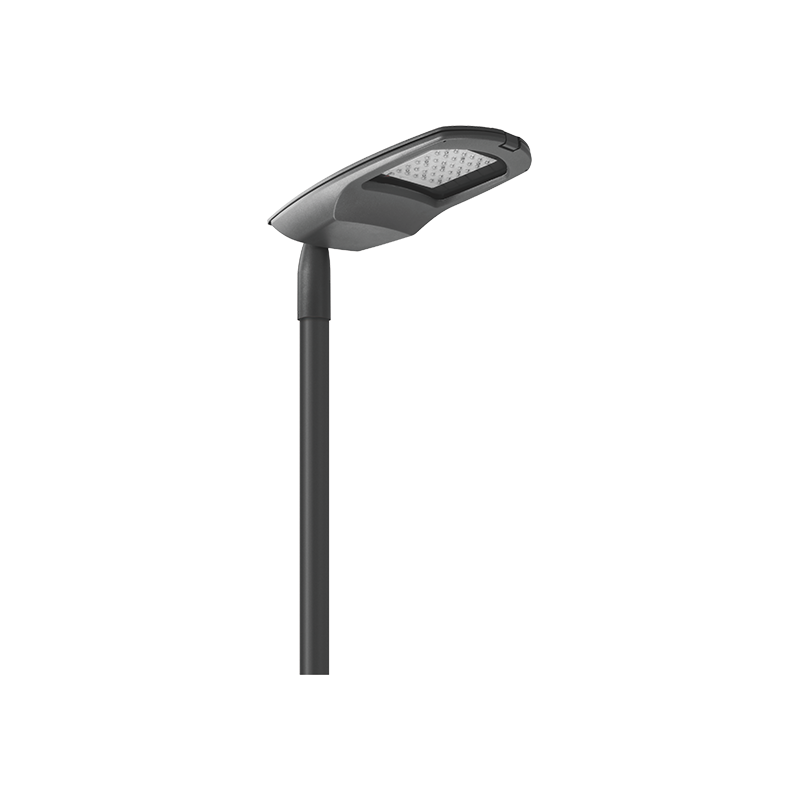LED street lights can perform dimming and adaptive control through the integration of advanced lighting control systems. These systems use various sensors, communication technologies, and software to adjust the brightness of LED street lights in response to changing conditions. Here's how LED street lights achieve dimming and adaptive control:
Photocells and Light Sensors: Photocells and light sensors are often installed on LED street light fixtures or nearby infrastructure. These sensors measure ambient light levels in real-time. When natural light levels increase, such as during daylight hours, the sensors detect this change and signal the LED lights to dim or turn off. Conversely, when ambient light levels decrease, the lights brighten or turn on.
Time-Based Scheduling: LED street lights can be programmed to follow specific schedules. For example, they can be set to automatically dim or turn off during late-night hours when traffic is minimal, and then gradually increase in brightness during early morning hours. This time-based scheduling helps conserve energy during off-peak periods.


Motion Sensors: Motion sensors or occupancy sensors can be integrated into LED street lights to detect the presence of pedestrians, cyclists, or vehicles. When motion is detected, the lights can automatically increase in brightness to provide adequate illumination for safety. Once the motion is no longer detected, the lights can gradually dim to their default level.
Wireless Communication: Many LED street lighting systems are equipped with wireless communication capabilities. This allows individual fixtures or groups of fixtures to communicate with a central control system or a network. Operators can remotely adjust brightness levels, monitor fixture health, and receive real-time data on energy consumption.
Centralized Control Systems: Cities or municipalities may deploy centralized control systems that manage the entire LED street lighting network. These systems provide a high level of control and flexibility, enabling operators to create custom lighting profiles based on traffic patterns, events, or special requirements. They can also receive alerts about maintenance needs or malfunctions.
Weather Sensors: Some advanced LED street lighting systems incorporate weather sensors that detect environmental conditions such as rain, snow, or fog. When adverse weather is detected, the lights can automatically increase brightness to enhance visibility and safety for road users.
Traffic Sensors: In areas with heavy traffic, traffic sensors can be used to monitor congestion and adjust lighting levels accordingly. For example, when traffic is congested, the lights can be brightened to improve visibility and safety.
Energy Management Software: Energy management software can analyze historical data and real-time information to optimize lighting levels and energy consumption. It can make predictions about when and where light adjustments are needed, allowing for proactive control.
Daylight Harvesting: LED street lights can be equipped with daylight harvesting systems that adjust the lighting output based on the available natural daylight. This ensures that the lights provide supplementary illumination only when needed, reducing energy consumption during daylight hours.
By combining these technologies and control strategies, LED street lights can achieve dimming and adaptive control, allowing for the efficient use of energy while maintaining adequate illumination levels for safety and visibility in urban environments. These systems contribute to energy savings and reduced operating costs for municipalities and organizations.


 Español
Español












